
San Lorenzo: The Heart of Authentic Córdoba
Discover the authentic charm of San Lorenzo in Córdoba, Spain - a neighbourhood where history, culture, and culinary delights come together in perfect harmony.
San Lorenzo is a vibrant and historic neighbourhood in the heart of Córdoba, Spain. This charming area is known for its narrow, winding streets, whitewashed houses, and beautiful courtyards filled with blooming flowers. As you wander through the alleys, you'll encounter hidden plazas, ancient churches, and lively tapas bars, each offering a glimpse into the rich cultural tapestry of the region. At the centre of San Lorenzo stands the stunning Church of San Lorenzo, a magnificent example of Gothic-Mudejar architecture. The church's impressive bell tower and intricate facade are a testament to the neighbourhood's deep-rooted history, dating back to the 13th century. Inside, you'll find exquisite frescoes and a serene atmosphere, perfect for a moment of reflection. San Lorenzo is also home to numerous traditional Andalusian patios, many of which are open to the public during the annual Patios de Córdoba festival. These hidden gardens are a feast for the senses, with vibrant flowers, trickling fountains, and the scent of jasmine filling the air. Be sure to visit the Palacio de Viana, a grand mansion with twelve stunning patios, each showcasing a different style of garden design. Food lovers will delight in the culinary offerings of San Lorenzo. The neighbourhood boasts an array of authentic tapas bars and restaurants, where you can savour local specialties such as salmorejo, flamenquín, and rabo de toro. Don't miss the chance to enjoy a leisurely meal on a sun-drenched terrace, accompanied by a glass of local Montilla-Moriles wine.
Local tips in San Lorenzo
- Visit the Church of San Lorenzo early in the morning to avoid crowds and enjoy the serene ambiance.
- Explore the neighbourhood on foot to fully appreciate its narrow streets and hidden courtyards.
- Time your visit during the Patios de Córdoba festival in May to see the beautiful private gardens.
- Try local dishes like salmorejo and flamenquín at one of the traditional tapas bars.
- Bring a camera to capture the picturesque streets and vibrant flowers.
San Lorenzo: The Heart of Authentic Córdoba
San Lorenzo is a vibrant and historic neighbourhood in the heart of Córdoba, Spain. This charming area is known for its narrow, winding streets, whitewashed houses, and beautiful courtyards filled with blooming flowers. As you wander through the alleys, you'll encounter hidden plazas, ancient churches, and lively tapas bars, each offering a glimpse into the rich cultural tapestry of the region. At the centre of San Lorenzo stands the stunning Church of San Lorenzo, a magnificent example of Gothic-Mudejar architecture. The church's impressive bell tower and intricate facade are a testament to the neighbourhood's deep-rooted history, dating back to the 13th century. Inside, you'll find exquisite frescoes and a serene atmosphere, perfect for a moment of reflection. San Lorenzo is also home to numerous traditional Andalusian patios, many of which are open to the public during the annual Patios de Córdoba festival. These hidden gardens are a feast for the senses, with vibrant flowers, trickling fountains, and the scent of jasmine filling the air. Be sure to visit the Palacio de Viana, a grand mansion with twelve stunning patios, each showcasing a different style of garden design. Food lovers will delight in the culinary offerings of San Lorenzo. The neighbourhood boasts an array of authentic tapas bars and restaurants, where you can savour local specialties such as salmorejo, flamenquín, and rabo de toro. Don't miss the chance to enjoy a leisurely meal on a sun-drenched terrace, accompanied by a glass of local Montilla-Moriles wine.
Iconic landmarks you can’t miss
Torre De Calahorra
Discover the captivating history of Córdoba at Torre De Calahorra, a museum showcasing the city's rich Islamic heritage and stunning views.

Cristo de los Faroles
Discover the stunning Cristo de los Faroles in Córdoba, an iconic sculpture combining artistry and spirituality amidst a tranquil square.
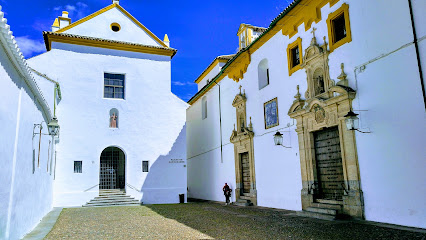
Patio de los Naranjos
Explore the enchanting Patio de los Naranjos, a serene courtyard in Córdoba featuring stunning architecture and fragrant orange trees, perfect for a peaceful retreat.
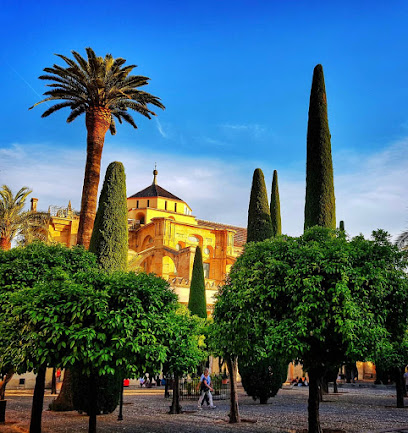
Palacio de la Merced
Discover the beauty and history of Palacio de la Merced, a stunning monument in Córdoba, Spain, showcasing rich architecture and cultural heritage.
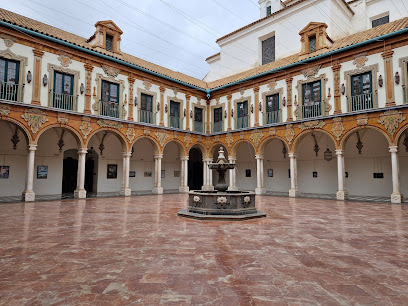
Real Parroquia de San Lorenzo Mártir de Cordoba
Experience the rich history and stunning architecture of Real Parroquia de San Lorenzo Mártir, a must-visit Catholic church in the heart of Córdoba.
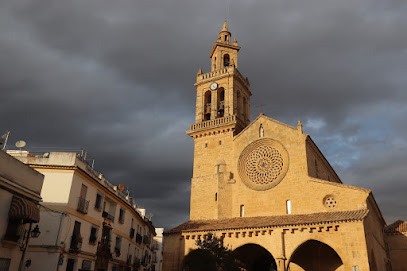
Triunfo de San Rafael de la Puerta del Puente
Immerse yourself in the historical beauty of Triunfo de San Rafael, a must-see landmark in Córdoba, showcasing stunning Baroque architecture and rich cultural heritage.
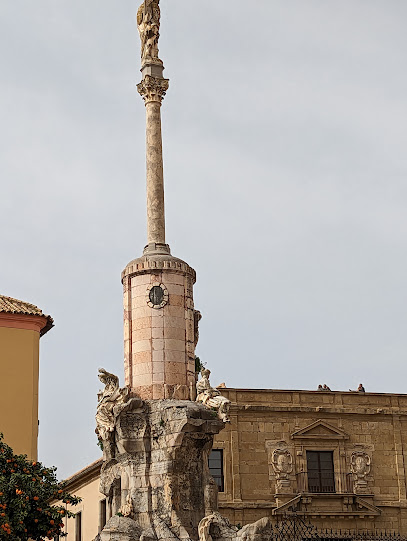
Roman Mausoleum
Explore the Roman Mausoleum in Córdoba, an exquisite historical landmark surrounded by serene greenery, showcasing the city's ancient Roman heritage.
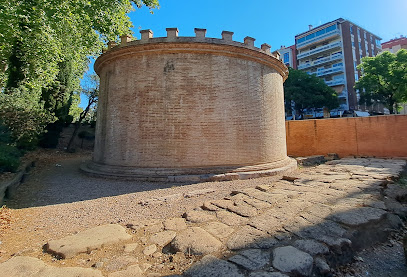
Torre del Homenaje
Explore the Torre del Homenaje in Córdoba, a stunning castle tower steeped in history and offering breathtaking views of the city.
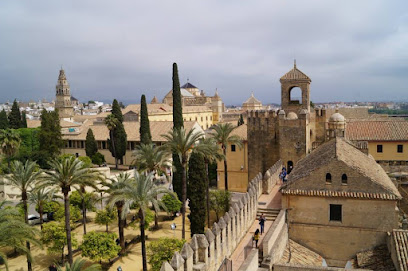
Recinto Amurallado de la Ajerquía
Discover the enchanting Recinto Amurallado de la Ajerquía, a historic castle in San Lorenzo, Córdoba, showcasing stunning architecture and a rich cultural heritage.

Plaza de San Lorenzo
Discover the vibrant atmosphere and rich history of Plaza de San Lorenzo, Córdoba's charming town square filled with culture and delightful local experiences.

Peña Los Emires
Explore Peña Los Emires, a breathtaking historical landmark in Córdoba, showcasing stunning architecture and rich cultural heritage.

Unmissable attractions to see
Plaza de la Corredera
Experience the vibrant atmosphere and rich history of Plaza de la Corredera, a charming square in the heart of Córdoba, Spain.
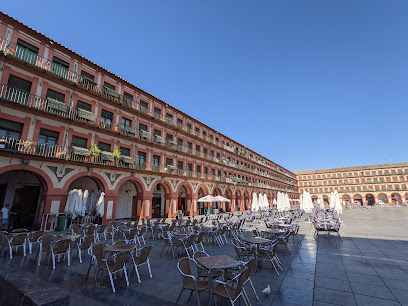
Medina Azahara - Conjunto Arqueológico Madinat al-Zahra
Explore the breathtaking ruins of Medina Azahara, a UNESCO World Heritage site showcasing the grandeur of Islamic architecture in Córdoba.
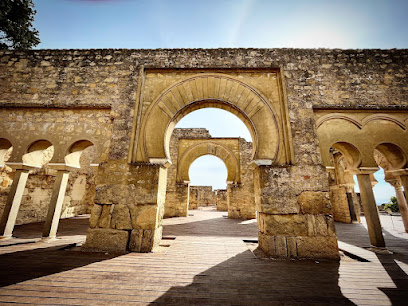
Córdoba Zoo Conservation Center
Discover the Córdoba Zoo Conservation Center, where adventure meets education in a vibrant setting dedicated to wildlife preservation and family fun.
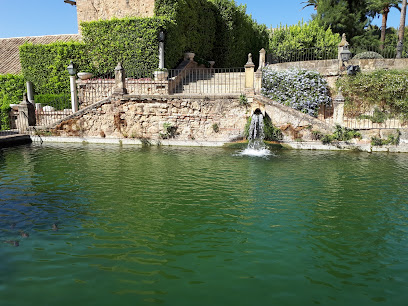
Torre De Calahorra
Experience the rich cultural heritage of Córdoba at Torre De Calahorra, a historical museum offering a glimpse into the city’s storied past.

Wall Marrubial
Discover the Wall Marrubial, an ancient fortification in Córdoba that offers a serene escape and a glimpse into the city’s rich historical tapestry.
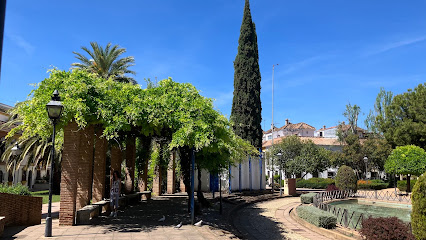
Plaza de San Lorenzo
Discover the vibrant atmosphere of Plaza de San Lorenzo in Córdoba, a stunning square filled with history, culture, and delightful Andalusian cuisine.
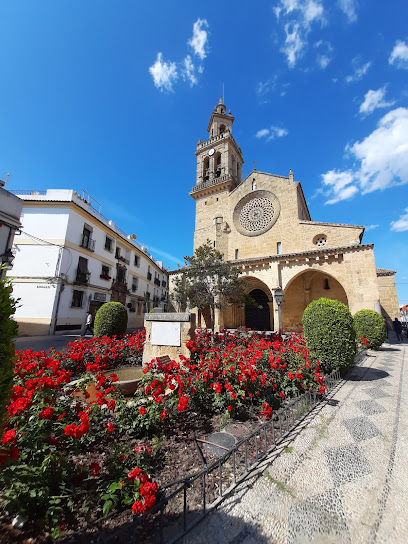
Patios Axerquía Norte
Explore the breathtaking floral displays and rich heritage of Patios Axerquía Norte in the heart of Córdoba, a must-visit tourist attraction.
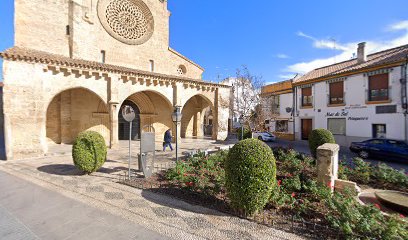
Cordoba Free Walking Tour in English and Spanish / Visitas Guiadas y Free Tours / Mezquita Catedral de Córdoba
Explore Córdoba's rich history and stunning architecture with a guided free walking tour, available in English and Spanish, uncovering the city's enchanting past.
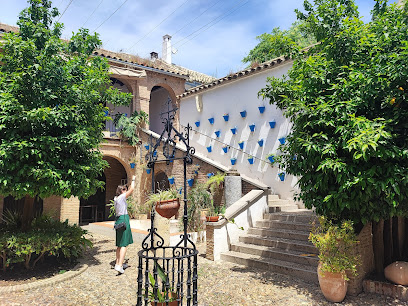
Essential places to dine
Bodegas Mezquita (Céspedes)
Experience authentic Andalusian cuisine at Bodegas Mezquita in Córdoba—where every dish tells a story.
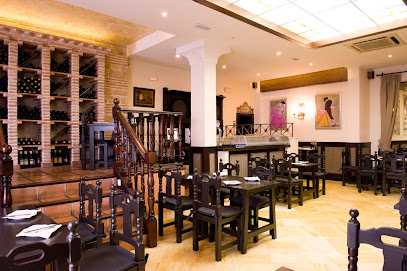
Bodegas Mezquita (Corregidor)
Experience authentic Andalusian cuisine at Bodegas Mezquita, where tradition meets flavor in the heart of Córdoba.

Bodegas Campos
Experience authentic Spanish cuisine at Bodegas Campos in Córdoba—where tradition meets flavor in an elegant setting.
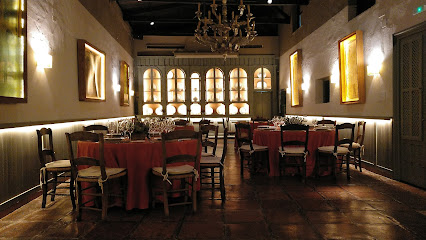
Taberna Salinas
Experience authentic Andalusian cuisine at Taberna Salinas, where every dish tells a story of tradition and flavor.
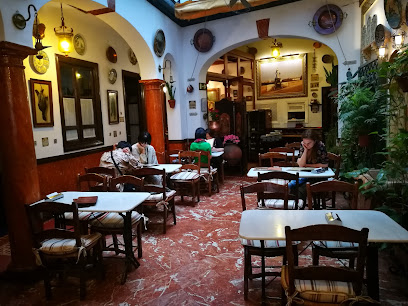
Restaurante The Club
Discover exquisite Andalusian cuisine at Restaurante The Club in Córdoba - where tradition meets innovation.
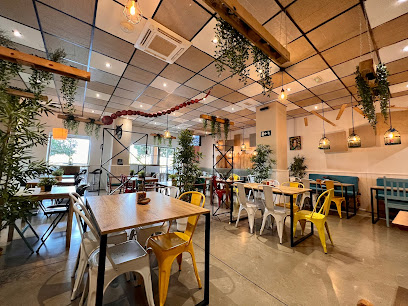
Restaurante La Cuchara de San Lorenzo
Discover authentic Spanish cuisine at Restaurante La Cuchara de San Lorenzo in Córdoba - where tradition meets flavor in every dish.
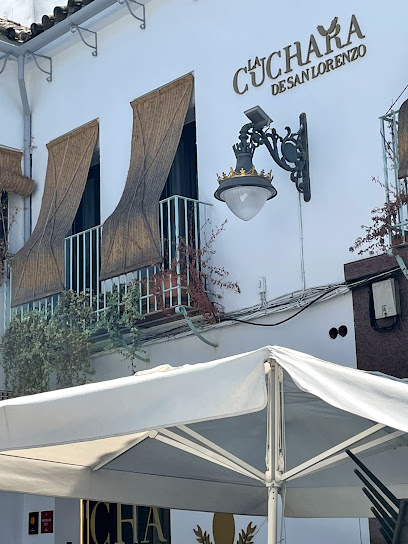
Restaurante Sociedad Plateros María Auxiliadora
Experience authentic Andalusian flavors at Restaurante Sociedad Plateros María Auxiliadora, where exquisite cuisine meets fine local wines.
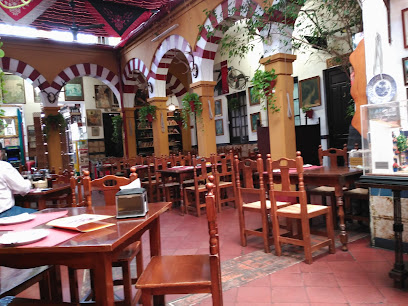
TU MOMENTO
Discover the flavors of Spain at TU MOMENTO - a top-rated tapas bar in the heart of Córdoba offering an unforgettable dining experience.
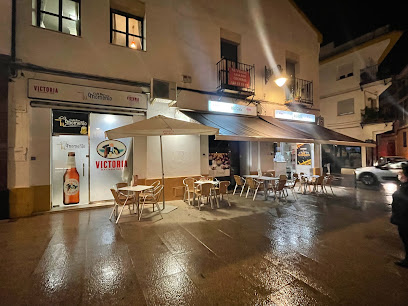
Taberna Casa Luis
Discover authentic Andalusian cuisine at Taberna Casa Luis in Córdoba - where tradition meets taste in every dish.
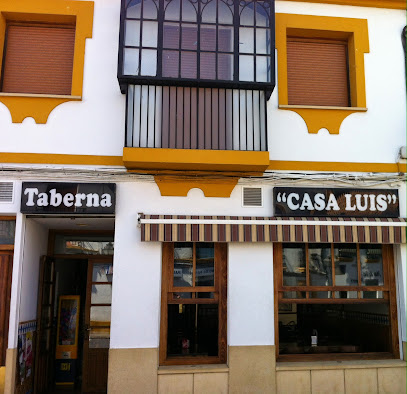
Taberna El Pórtico de San Lorenzo
Experience authentic Andalusian flavors at Taberna El Pórtico de San Lorenzo in Córdoba's lively Centro district.
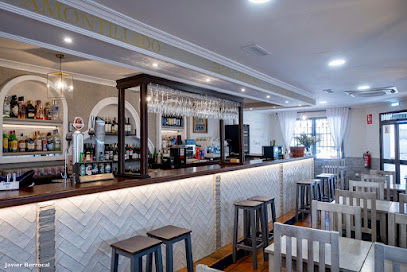
Markets, malls and hidden boutiques
La Tienda De Cofrade
Discover La Tienda De Cofrade, where authentic Andalusian crafts and religious treasures come together in the heart of Córdoba.
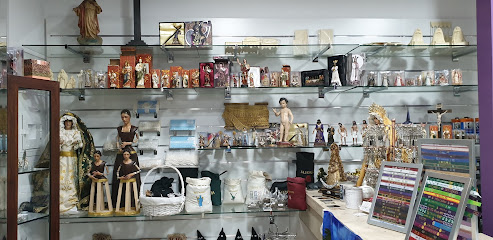
Bazar San Lorenzo I
Explore the enchanting Bazar San Lorenzo I in Córdoba, where unique treasures and local crafts await every curious traveler.
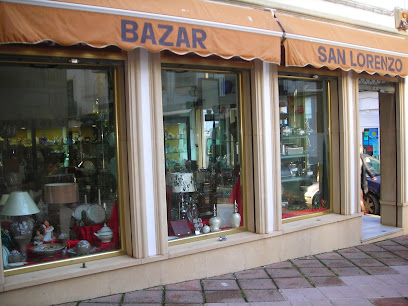
TRIBU - Moda Sostenible
Explore TRIBU - Moda Sostenible in Córdoba: where fashion meets sustainability with stylish clothing and accessories for every age.
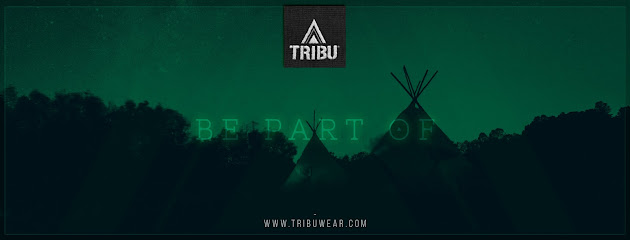
Dulzia Córdoba
Explore Dulzia Córdoba: A charming gift shop offering unique local crafts, souvenirs, and artisanal goods in the heart of Córdoba.
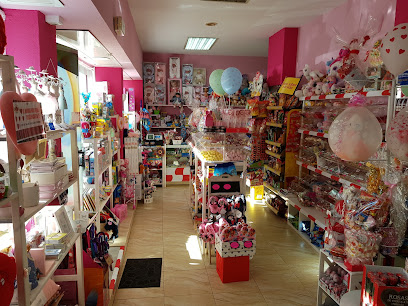
La Chiquita
Discover unique crafts and local treasures at La Chiquita, a charming store in the heart of Córdoba, offering a taste of the region's rich culture.
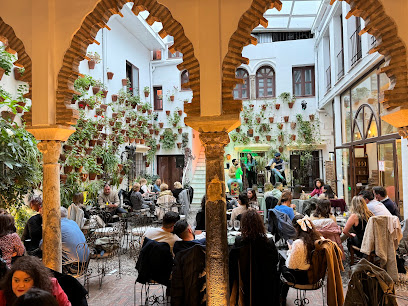
Estanco San Lorenzo
Explore Estanco San Lorenzo, a charming tobacco shop in Córdoba, where tradition meets local culture in a welcoming atmosphere.
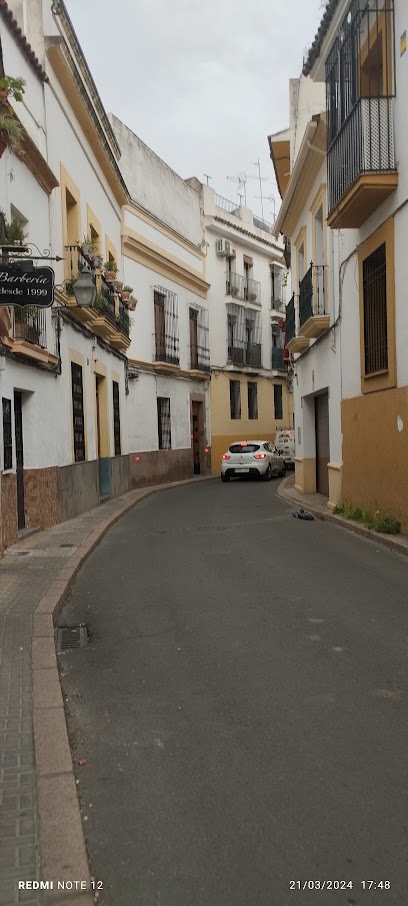
Viste Arte
Discover unique handmade gifts and local craftsmanship at Viste Arte, a charming gift shop in Córdoba's vibrant heart.
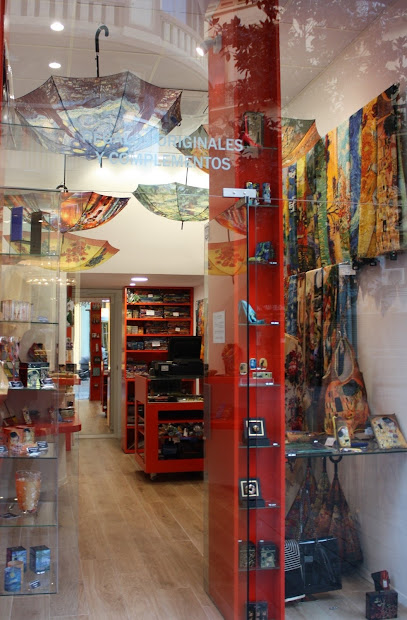
Joaquín Flores
Explore Joaquín Flores in Córdoba for a curated selection of exquisite home goods that blend modern comfort with traditional elegance.
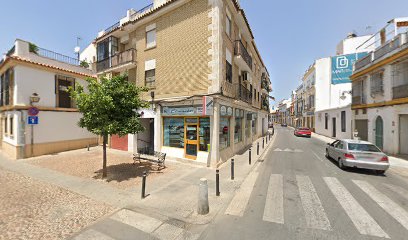
OnauR
Discover the chic fashion haven of OnauR in Córdoba, offering stylish clothing and personalized shopping experiences in the heart of the city.
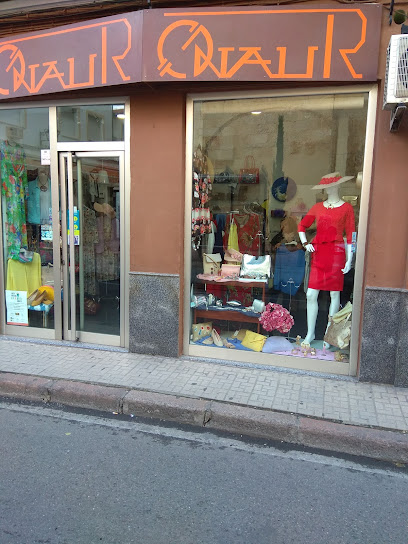
Manuel Gajete Luque
Explore Manuel Gajete Luque in Córdoba for exquisite handcrafted jewelry, reflecting the city's rich artistry and cultural heritage.
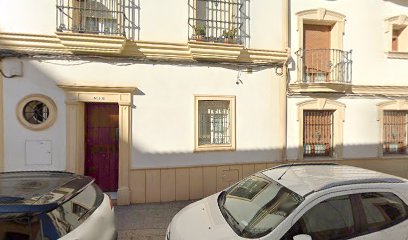
Shop Salome
Explore Shop Salome for unique clothing and accessories in the heart of Córdoba's vibrant shopping district.

Essential bars & hidden hideouts
Restaurante La Cuchara de San Lorenzo
Experience the essence of Spanish cuisine at La Cuchara de San Lorenzo in Córdoba, where traditional flavors meet modern dining.
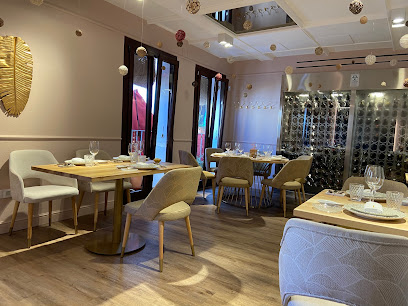
TU MOMENTO
Discover the heart of Spanish cuisine at TU MOMENTO, a top tapas bar in Córdoba, offering a vibrant atmosphere and delicious culinary delights.
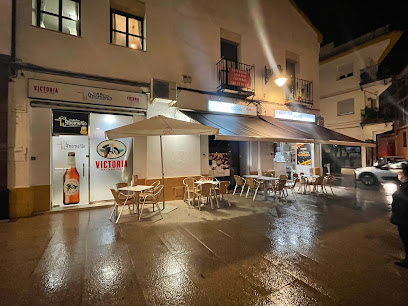
Taberna Casa Luis
Discover the rich flavors of Andalucía at Taberna Casa Luis, the charming tavern in Córdoba perfect for authentic tapas and local cuisine.
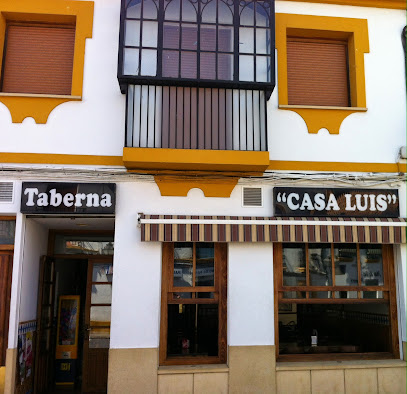
Bar Millán
Experience the authentic taste of Córdoba at Bar Millán, where delightful tapas and refreshing drinks create an unforgettable atmosphere.

Limbo
Discover the lively bar Limbo in Córdoba, where vibrant atmosphere and local flavors create an unforgettable nightlife experience.
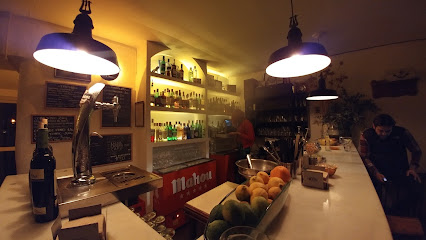
Taberna El Pórtico de San Lorenzo
Discover the heart of Córdoba's culinary scene at Taberna El Pórtico de San Lorenzo, where authentic tapas and Spanish wines await.
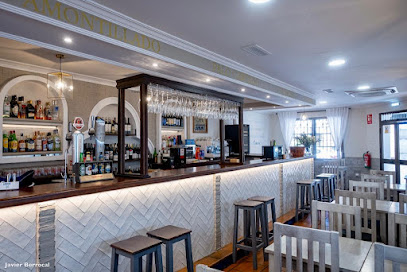
Bar Los Fernandos
Discover the vibrant spirit of Córdoba at Bar Los Fernandos, where authentic tapas and a lively atmosphere await you.
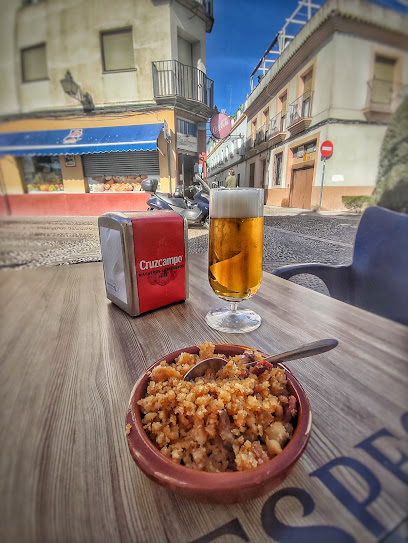
Bar Pancho
Experience the vibrant flavors of Córdoba at Bar Pancho, where exquisite tapas and a lively atmosphere await every visitor.
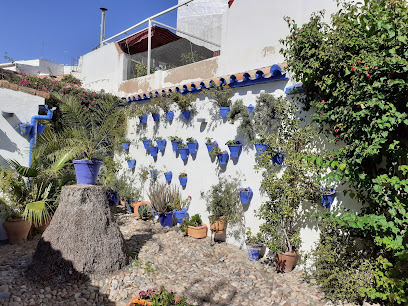
El Artista
Experience the vibrant culture and flavors of Córdoba at El Artista, a local favorite bar known for its friendly service and authentic tapas.
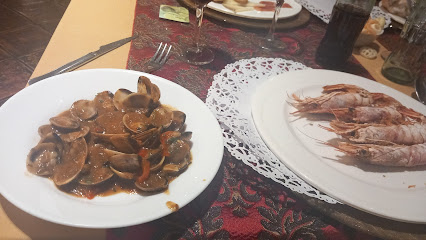
Bar Santa Marina
Discover the heart of Córdoba's vibrant bar scene at Bar Santa Marina, where authentic tapas and a lively atmosphere await.
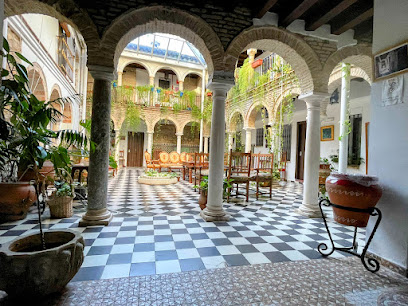
Local Phrases
-
- HelloHola
[oh-la] - GoodbyeAdiós
[ah-dee-ohs] - YesSí
[see] - NoNo
[no] - Please/You're welcomePor favor
[por fah-vor] - Thank youGracias
[grah-see-as] - Excuse me/SorryPerdón
[pair-dohn] - How are you?¿Cómo estás?
[koh-moh es-tahs] - Fine. And you?Bien. ¿Y tú?
[byen. ee too] - Do you speak English?¿Hablas inglés?
[ah-blahs een-glays] - I don't understandNo entiendo
[no ayn-tee-ayn-doh]
- HelloHola
-
- I'd like to see the menu, pleaseQuisiera ver el menú, por favor
[kee-syay-ra ver el meh-noo, por fah-vor] - I don't eat meatNo como carne
[no koh-moh kar-neh] - Cheers!¡Salud!
[sah-lood] - I would like to pay, pleaseMe gustaría pagar, por favor
[may goos-tah-ree-ah pah-gar, por fah-vor]
- I'd like to see the menu, pleaseQuisiera ver el menú, por favor
-
- Help!¡Ayuda!
[ah-yoo-dah] - Go away!¡Vete!
[veh-teh] - Call the Police!¡Llama a la policía!
[yah-mah ah lah po-lee-see-ah] - Call a doctor!¡Llama a un médico!
[yah-mah ah oon meh-dee-koh] - I'm lostEstoy perdido
[es-toy pair-dee-doh] - I'm illEstoy enfermo
[es-toy en-fehr-moh]
- Help!¡Ayuda!
-
- I'd like to buy...Quisiera comprar...
[kee-syay-ra kom-prar] - I'm just lookingSolo estoy mirando
[soh-loh es-toy mee-ran-doh] - How much is it?¿Cuánto cuesta?
[kwan-to kway-stah] - That's too expensiveEs demasiado caro
[es deh-mah-sya-do kah-ro] - Can you lower the price?¿Puede bajar el precio?
[pweh-deh bah-har el preh-syo]
- I'd like to buy...Quisiera comprar...
-
- What time is it?¿Qué hora es?
[kay oh-rah es] - It's one o'clockEs la una
[es lah oo-nah] - Half past (10)Y media (10)
[ee meh-dee-ah (dheez)] - MorningMañana
[mah-nyah-nah] - AfternoonTarde
[tahr-deh] - EveningNoche
[noh-cheh] - YesterdayAyer
[ah-yehr] - TodayHoy
[oy] - TomorrowMañana
[mah-nyah-nah] - 1Uno
[oo-noh] - 2Dos
[dohs] - 3Tres
[tress] - 4Cuatro
[kwah-troh] - 5Cinco
[sink-oh] - 6Seis
[says] - 7Siete
[syay-teh] - 8Ocho
[oh-choh] - 9Nueve
[nway-veh] - 10Diez
[dyeth]
- What time is it?¿Qué hora es?
-
- Where's a/the...?¿Dónde está...?
[dohn-deh es-tah] - What's the address?¿Cuál es la dirección?
[kwal es lah dee-rek-syon] - Can you show me (on the map)?¿Puedes mostrarme (en el mapa)?
[pweh-dehs moh-strar-meh (en el mah-pah)] - When's the next (bus)?¿Cuándo es el próximo (autobús)?
[kwan-doh es el proh-ksee-moh (ow-toh-boos)] - A ticket (to ....)Un billete (a ...)
[oon bee-yeh-teh (ah)]
- Where's a/the...?¿Dónde está...?
History of San Lorenzo
-
San Lorenzo's history can be traced back to the Roman era when it was part of the ancient city of Corduba. The area was characterized by its agricultural lands and villas that dotted the landscape, reflecting the affluence of Roman citizens. The remnants of Roman architecture and infrastructure laid the groundwork for future developments in the region.
-
During the 8th century, the Moors conquered Córdoba, and San Lorenzo became a significant part of the Islamic city. The neighborhood's layout and architecture were heavily influenced by Islamic design principles, with narrow winding streets and the incorporation of beautiful courtyards. This period marked a golden age for Córdoba, which became a center of learning and culture in the Islamic world.
-
In 1236, Córdoba was reclaimed by Christian forces during the Reconquista. San Lorenzo underwent significant changes as churches were built over former mosques, and the neighborhood adapted to its new Christian identity. The Church of San Lorenzo, constructed in the 13th century, stands as a testament to this transformation, showcasing a blend of Gothic and Mudejar architectural styles.
-
The 16th and 17th centuries were prosperous for San Lorenzo, as the neighborhood became a hub for artists, intellectuals, and merchants. The influx of wealth from trade and agriculture allowed for the construction of grand houses and public buildings. This era contributed significantly to the cultural and architectural heritage of Córdoba, with many baroque structures still visible today.
-
In the 20th century, San Lorenzo faced challenges due to urbanization and industrialization. However, efforts have been made to preserve its historical character. Local initiatives and government policies focus on maintaining the architectural integrity and cultural significance of the neighborhood, ensuring that San Lorenzo remains a vibrant part of Córdoba's legacy and continues to attract visitors interested in its rich history.
San Lorenzo Essentials
-
San Lorenzo is centrally located in Córdoba, making it easily accessible from other neighborhoods. If you're coming from the train station (Renfe), you can take a short taxi ride or use the local buses (lines 3 and 5) that connect to San Lorenzo. From the historic center, it's a pleasant 15-minute walk or a short bus ride (line 5). The nearest airport is Córdoba Airport, about 10 kilometers away, where you can take a taxi or arrange for a shuttle to reach the neighborhood.
-
San Lorenzo is a compact neighborhood, best explored on foot. Many attractions, such as the San Lorenzo Church and local tapas bars, are within walking distance. For further travel within Córdoba, local buses are available, with stops throughout the neighborhood. Biking is also a popular option, with several bike rental shops nearby. Taxis are readily available and can be hailed on the street or booked via phone.
-
San Lorenzo is generally safe for tourists, but standard precautions should be taken. Avoid poorly lit areas at night and remain vigilant in crowded places to guard against pickpocketing. While there are no specific high-crime areas in San Lorenzo, it is advisable to stay cautious around the busier market areas and main squares.
-
In case of an emergency, dial 112 for immediate assistance. The nearest hospital is Hospital Universitario Reina Sofía, which is equipped to handle serious medical issues. For minor health concerns, local pharmacies can provide over-the-counter medications. It's also wise to have travel insurance that includes emergency medical coverage.
-
Fashion: Do wear comfortable, modest clothing, especially when visiting religious sites. Don’t wear overly revealing outfits. Religion: Do respect local customs; cover shoulders and knees when entering churches. Public Transport: Do offer your seat to the elderly and pregnant women. Don’t eat or drink on public buses. Greetings: Do greet with a friendly 'Hola' and a handshake. Eating & Drinking: Do try local dishes and wines. Don’t refuse food or drink when offered as it can be considered impolite.
-
To experience San Lorenzo like a local, visit the Mercado de San Lorenzo, where you can find fresh produce and local delicacies. Engage with local vendors; they often enjoy sharing stories about their products and the neighborhood. Try to catch a flamenco show at one of the smaller venues for an authentic cultural experience. Finally, don’t miss the picturesque streets of San Lorenzo, especially in the early evening when the neighborhood comes alive with locals enjoying tapas and conversation.
Trending Landmarks in San Lorenzo
Nearby Cities to San Lorenzo
-
Things To Do in Ronda
-
Things To Do in Málaga
-
Things To Do in Casemates Square
-
Things To Do in Moorish Castle
-
Things To Do in Catalan Bay
-
Things To Do in Gibraltar
-
Things To Do in Main Street
-
Things To Do in Queensway Quay Marina
-
Things To Do in Alameda Botanic Gardens
-
Things To Do in Cádiz
-
Things To Do in St. Michael's Cave
-
Things To Do in Gorham's Cave Complex
-
Things To Do in Huelva
-
Things To Do in Europa Point
-
Things To Do in Badajoz








